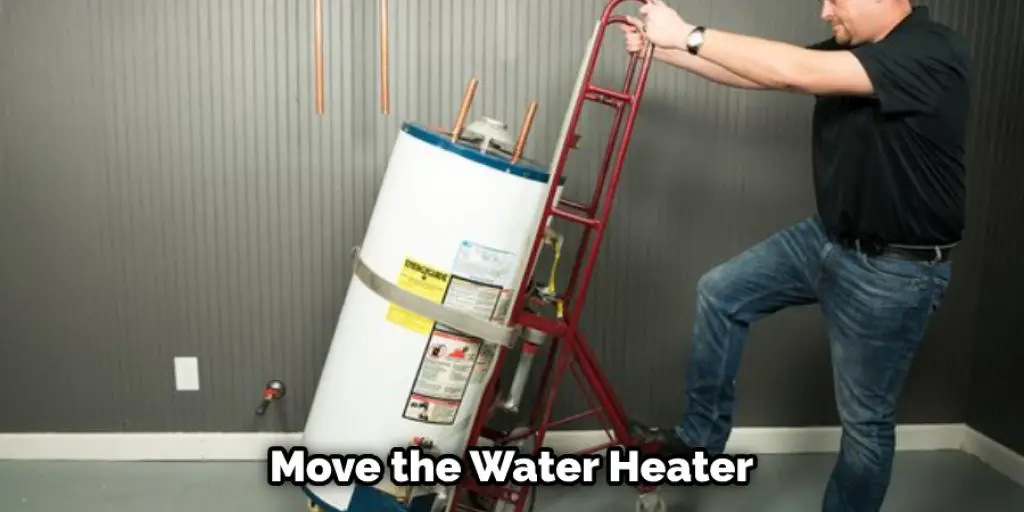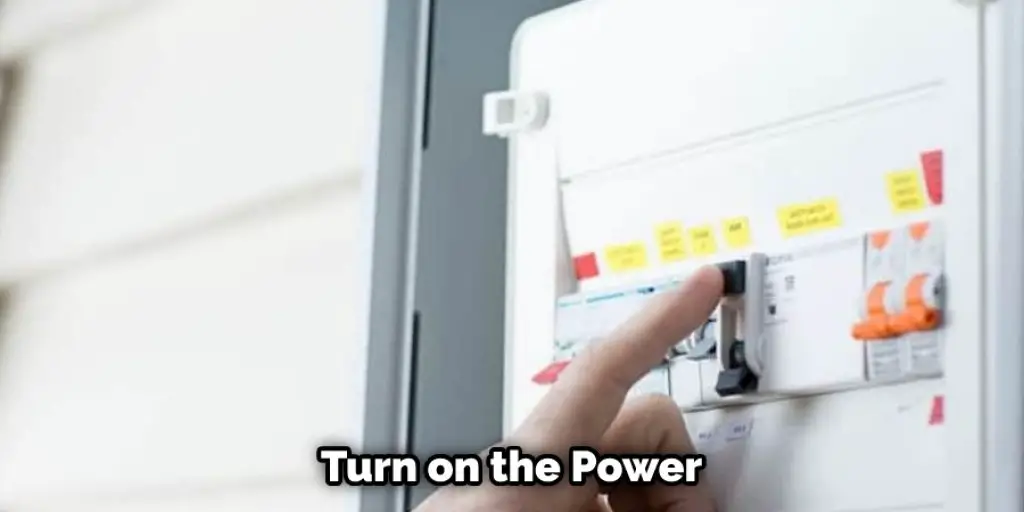How to Transport a Water Heater
If you’re like most people, you don’t think about water heaters until they break down. And when they do, it’s often a big job to get them fixed or replaced. If you’re lucky, your water heater sits in your garage or basement and can be easily transported to the repair shop. But what if your water heater is installed in a difficult-to-reach spot? In this case, you’ll need to know how to transport a water heater safely and efficiently. Here are a few tips to help you out.

We all know that water is heavy. And when you’re dealing with a large tank full of hot water, you need to be extra careful. Water heaters can weigh anywhere from 150 to 300 pounds, so it’s essential to have at least two people to help with the job. If you’re transporting the water heater by yourself, make sure you have a dolly or a hand truck to help with the lifting.
What You’ll Need
- A water heater
- A helper
- A dolly
- A moving strap or two
- Plenty of blankets
A Step by Step Guide on How to Transport a Water Heater
Step 1. Determine What Type of Water Heater You Have
There are two primary types of water heaters: electric and gas. Each type has its own unique set of considerations when it comes time to move it. For example, an electric water heater must be unplugged and have all power disconnected before it can be moved, while a gas water heater must be shut off at the gas valve.
Step 2. Empty the Water Heater
Whether you have an electric or gas water heater, you’ll need to empty it before moving it. Simply turn off the power (for electric models) or the gas valve (for gas models), then open the drain valve at the bottom of the tank and let the water drain out. Once the tank is empty, close the drain valve.

Step 3. Disconnect the Water and Gas Lines (for Gas Water Heaters)
If you’re dealing with a gas water heater, you’ll need to disconnect the water and gas lines before moving it. Start by shutting off the water supply to the heater, then use a wrench to loosen the nuts on the cold and hot water inlet pipes. Next, use a pipe wrench to loosen the nut on the gas line. Once all three connections are loose, you can remove the water and gas lines.
Step 4. Prepare the Dolly
If you’re moving an electric water heater, you can place it on a dolly and strap it down. However, if you’re dealing with a gas water heater, you’ll need to take extra steps to prepare the dolly. First, remove the drain valve and other removable parts from the tank. Next, place the tank on its side on the dolly, then use straps or rope to secure it.
Step 5. Move the Water Heater
With the water heater adequately secured on the dolly (and all power and gas disconnected), you’re ready to move it to its new location. If you have a helper, they can hold onto the side of the tank to keep it from tipping over. Otherwise, be careful as you slowly roll the dolly across the floor or ground.

Step 6. Reconnect the Water and Gas Lines (for Gas Water Heaters)
If you’re dealing with a gas water heater, you’ll need to reconnect the water and gas lines at the new location. To do this, start by attaching the gas line and tightening the nut with a wrench. Next, connect the cold and hot water inlet pipes and tighten their nuts with a twist. Once all three connections are secure, you can turn on the water supply and gas valve.
Step 7. Fill the Water Heater
Whether you have an electric or gas water heater, you’ll need to fill the tank before using it. Simply open the cold water inlet valve and let the water flow into the tank until it reaches the top. Once the tank is full, close the valve and turn on the power (for electric models) or gas valve (for gas models).
You Can Check It Out to Install Service Valves for Tankless Water Heater

Assuming everything goes according to plan, your water heater should now be operational at its new location! However, remember to give yourself plenty of time to complete the move – these tanks can be quite heavy, so it’s always better to err on caution.
How Can You Avoid Damage When Moving a Water Heater?
Water heaters are essential appliances in many homes, providing hot water for cooking, cleaning, and bathing. However, they can be difficult to move due to their size and weight. If you’re planning on moving your water heater, you can do a few things to avoid damage.
1. Make sure the water heater is properly secured. Before moving the appliance, make sure it is adequately secured in place. For example, use straps or ropes to secure the water heater to a dolly or other sturdy object. This will help prevent the appliance from tipping over during transport.
2. Drain the water heater before moving it. To avoid damaging the unit, drain all the water from the tank before moving it. This can be done by opening the drain valve at the bottom of the tank and allowing the water to empty. Once the water is fully drained, close the valve and proceed with moving the appliance.
3. Be careful when lifting the water heater. Water heaters are extremely heavy, so it’s essential to be careful when lifting them. Use proper lifting techniques and have multiple people available to help if possible. Avoid jerking or dropping the appliance, which could damage both the unit and your home.
Following these tips will help you avoid damage when transporting your water heater. Before beginning the move, be sure to take all necessary precautions and always exercise caution when handling the appliance. Then, you can successfully move your water heater without any problems with a little care.
Can You Transport a Water Heater in a Car?
If you need to move a water heater, the best way is to hire a professional. They will have the right equipment and expertise to get the job done quickly and safely.
However, if you’re determined to do it yourself, you can transport a water heater in a car. Just be sure to take all the necessary precautions to avoid damaging the unit or yourself.
Here’s what you need to know about how to transport a water heater in a car:
- Make sure the water heater is secure. Use straps or rope to tie it down, so it doesn’t move around during transport.
- Protect the water heater from bumps and scratches by wrapping it in blankets or towels.
- If possible, remove the anode rod from the water heater. This will help prevent damage during transport.
- Transport the water heater in an upright position to avoid leaks.
- When you reach your destination, reattach the anode rod and allow the water heater to fill up before turning it on.

Following these steps will help ensure a safe and successful journey for you and your water heater.
Can You Transport a Water Heater on Its Side?
If you need to transport a water heater, it’s essential to do so safely. Water heaters are heavy and can be challenging to move, so it’s necessary to take some precautions before trying to transport one.
One of the most important things to consider is whether or not you can transport a water heater on its side. Many people believe that it’s unsafe to do so, but the truth is that it’s excellent as long as the water heater is properly secured. Make sure that you secure the water heater with straps or rope so that it doesn’t tip over while in transit.
Another thing to keep in mind is that you should never try to transport a gas water heater. Gas water heaters are hazardous and can explode if they’re not handled properly. If you need to move a gas water heater, it’s best to hire a professional to do it for you.
Overall, transporting a water heater is relatively simple as long as you take the necessary precautions. Make sure that you secure the water heater properly and avoid moving gas water heaters on your own.
Conclusion
So, there you have it, how to transport a water heater. Always consult a professional before attempting to transport or install a water heater. Improper installation or transport can lead to severe injury or damage to the unit. If you are not comfortable with either of these tasks, please call a professional for assistance.








